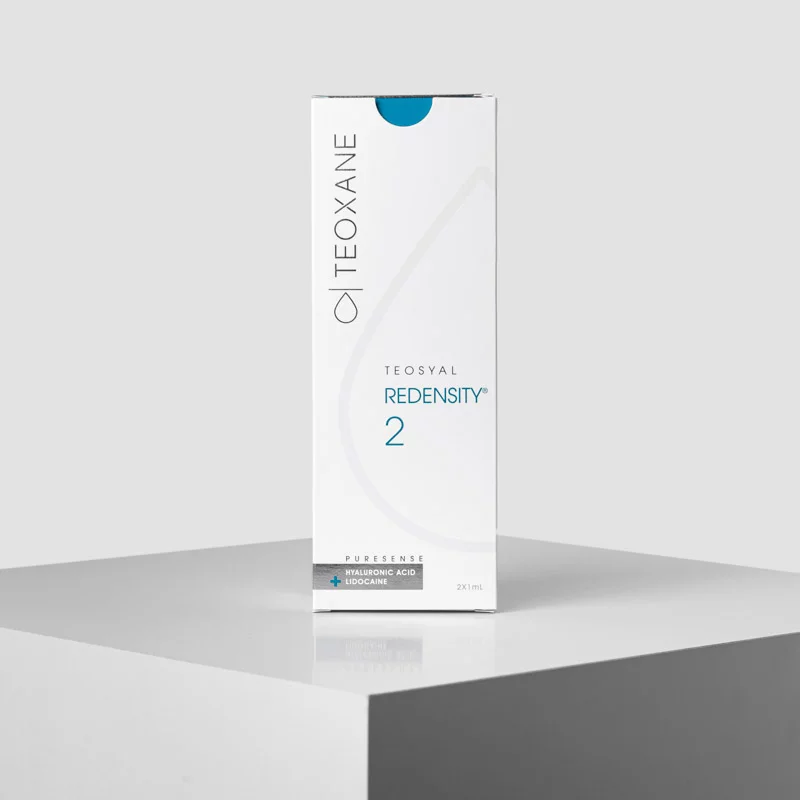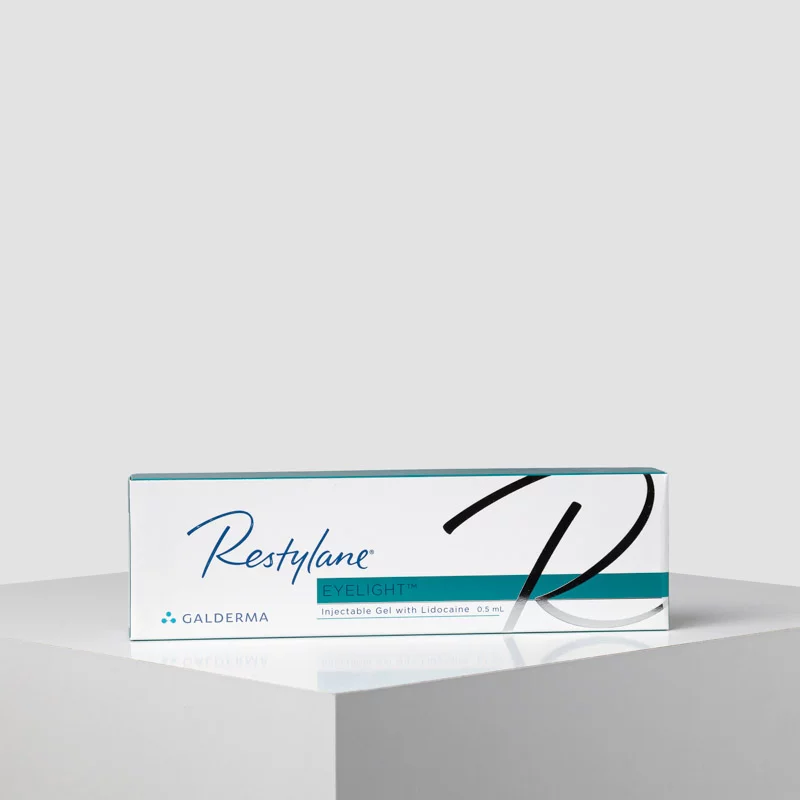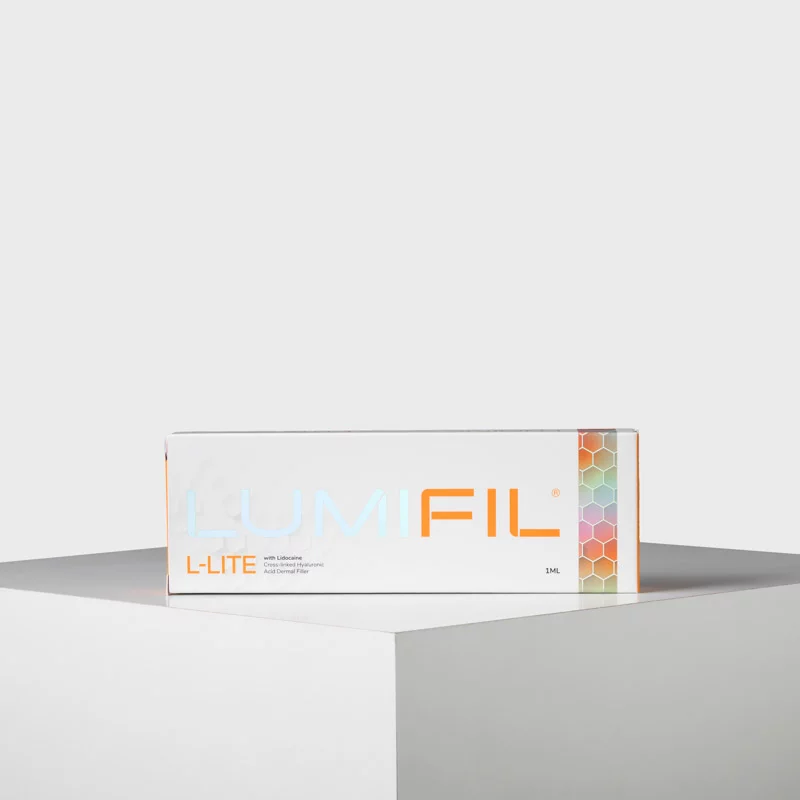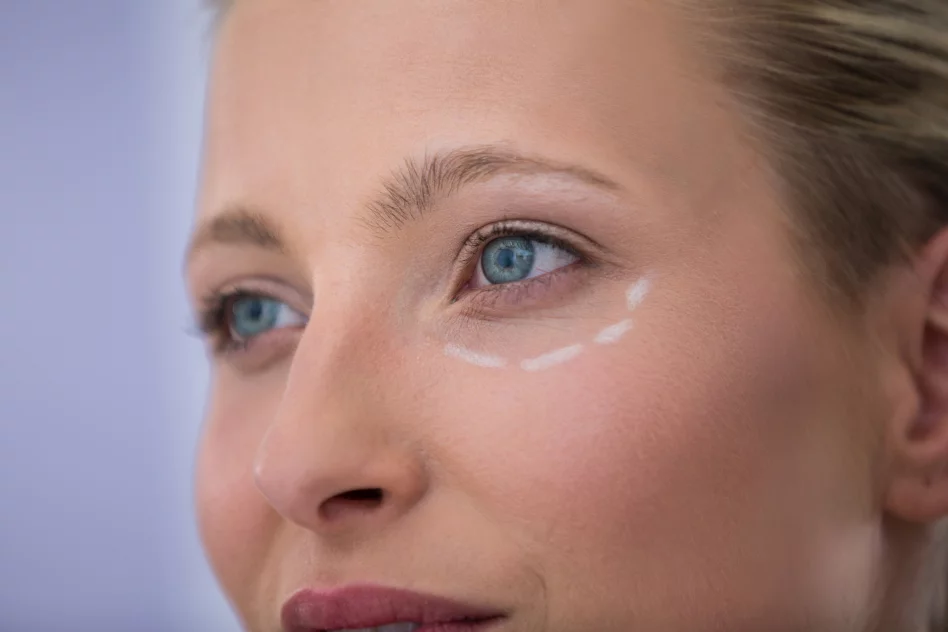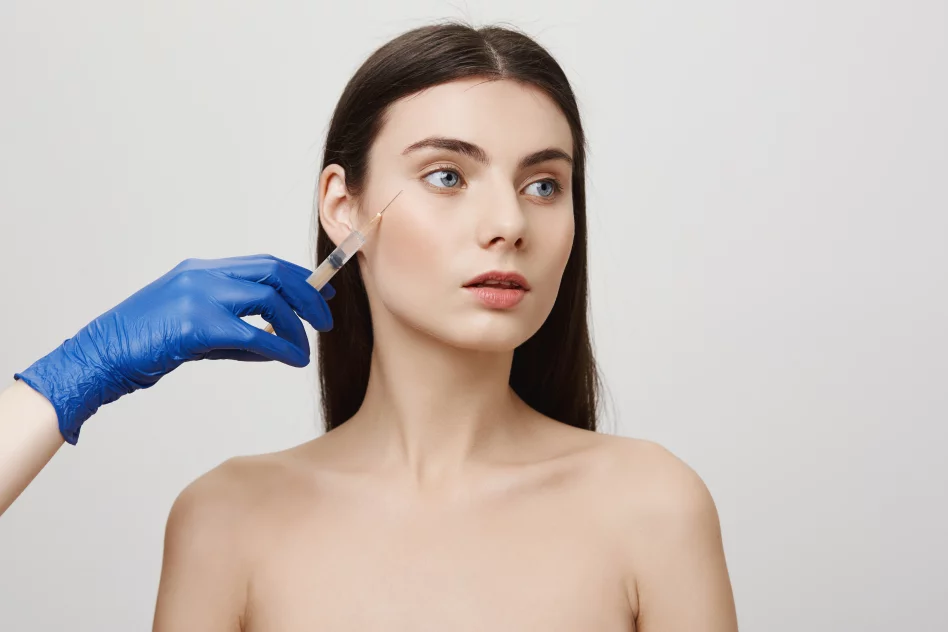-

- Author e-FILLERS Team
- Sep 3rd, 2025
Under-Eye Fillers: Do They Really Work for Dark Circles?
.webp)
Introduction
Dark circles are one of the most common aesthetic concerns, often making patients look tired, stressed, or older than they feel. While lifestyle changes, skincare, and concealers can help, many people turn to under-eye fillers as a more effective solution.
But do fillers really work for dark circles—or is it just hype? Let’s break down how they work, who they benefit most, and what patients should expect.
Why Do Dark Circles Appear?
Not all dark circles are created equal. They can be caused by:
Volume Loss (Tear Trough Hollowing): A natural result of aging or genetics.
Thin Skin: Makes underlying blood vessels more visible.
Pigmentation: Often linked to genetics, sun damage, or lifestyle.
Lifestyle Factors: Stress, lack of sleep, and smoking can worsen appearance.
👉 Key point: Fillers only address dark circles caused by volume loss or hollowness—not pigmentation.
How Under-Eye Fillers Work
Injectors typically use hyaluronic acid (HA) fillers in the tear trough area. By filling the hollow and smoothing the transition between the lower eyelid and cheek, fillers:
Reduce shadows caused by hollowing.
Restore youthful fullness under the eyes.
Create a brighter, more rested appearance.
Results are visible immediately and can last 6–12 months, depending on the product and patient factors.
Who Is a Good Candidate?
Fillers may be effective if patients:
Have hollowing or volume loss in the under-eye area.
Do not have severe pigmentation as the main cause.
Are in good overall health with realistic expectations.
Have thicker skin (thin, crepey skin can make results less predictable).
Risks & Considerations
The tear trough is a delicate area that requires high anatomical expertise. Risks include:
Swelling and bruising.
Tyndall effect (blueish tint if filler is placed too superficially).
Lumpiness or uneven texture.
Rare but serious vascular complications.
👉 This is why only trained medical professionals should perform under-eye filler treatments.
Alternatives to Fillers for Dark Circles
If pigmentation or thin skin is the main culprit, other treatments may be more effective:
Laser Therapy: Reduces pigmentation and improves skin quality.
Chemical Peels: Brightens pigmentation under the eyes.
Microneedling + Exosomes or PRP: Stimulates collagen and skin healing.
Topical Skincare: Retinol, vitamin C, and SPF help long-term.
Conclusion
Yes, under-eye fillers really do work for certain types of dark circles—especially those caused by hollowing and volume loss. They can restore a fresher, more youthful look with results lasting up to a year.
However, fillers are not a universal solution. Proper assessment is crucial to identify the true cause of dark circles and recommend the right treatment plan—whether that’s fillers, pigmentation correction, or combination therapy.
For Patients
Cheek Fillers: How Long Do Results Last?
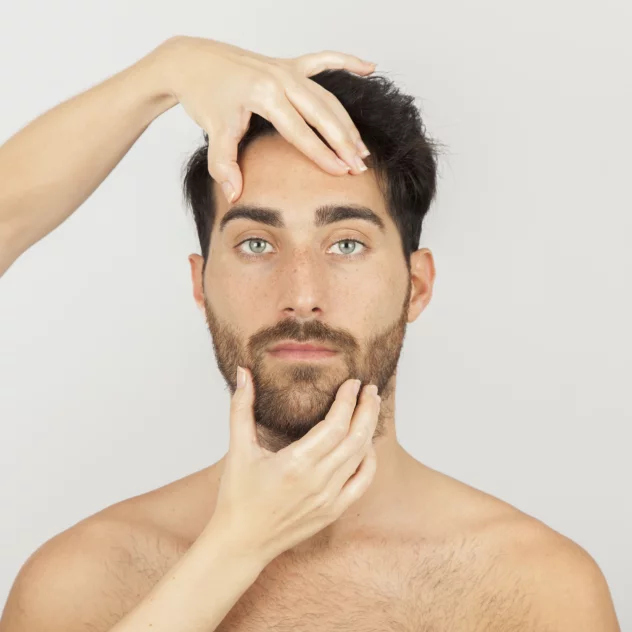
.webp)

